Discover 15 hidden attractions, cool sights, and unusual things to do in Lebanon. Don't miss out on these must-see attractions: Byblos Castle (Byblos), Beirut Souks (Beirut) or Verdun (Beirut).
Below, you can find the list of the most amazing places you should visit in Lebanon.
Table of Contents
Byblos Castle, Byblos
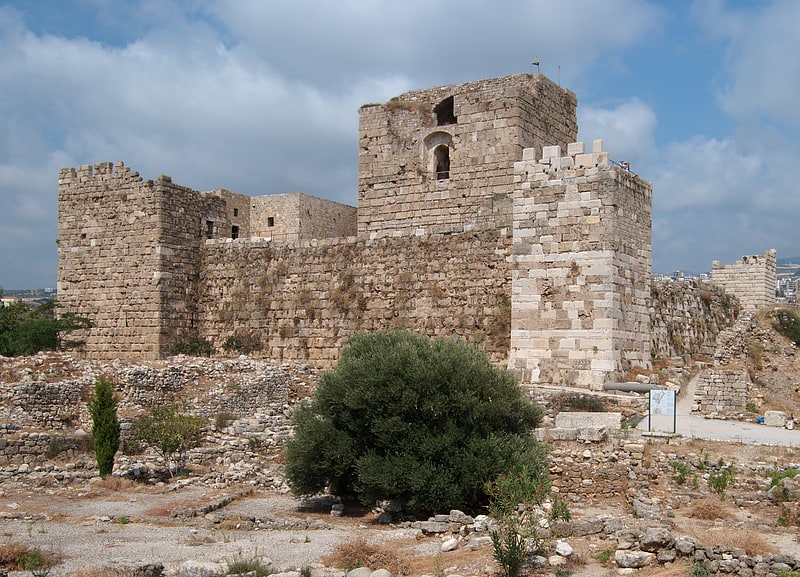
Also known as: قلعة جبيل
12th-century castle built by Crusaders. Byblos Castle is a Crusader castle in Byblos, Lebanon. In Crusader times it was known as the Castle of Gibelet, also spelled Giblet, which belonged to the Genoese Embriaco family, Lords of the city. It is adjacent to the Phoenician archaeological site containing the ruins of the Temple of Baalat Gebal and the Temple of the Obelisks.[1]
Beirut Souks, Beirut
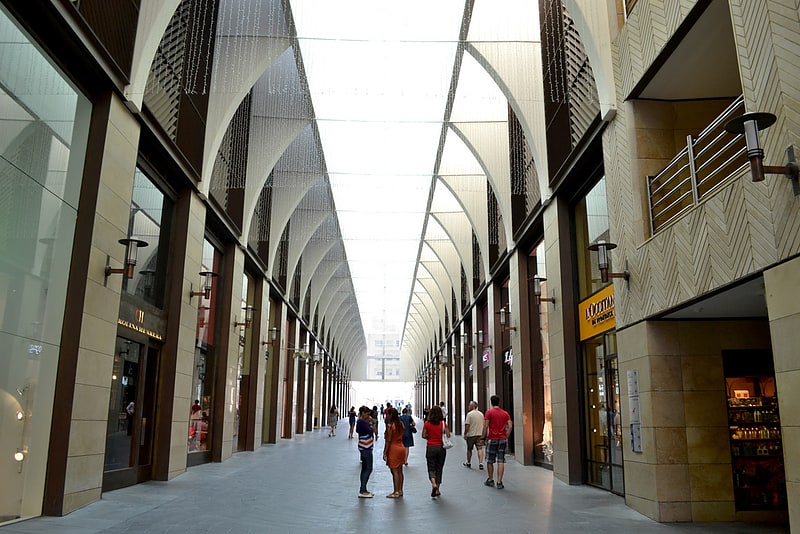
Also known as: أسواق بيروت
Shopping center in Beirut, Lebanon. Beirut Souks is a major commercial district in Beirut Central District. With over 200 shops, 25 restaurants and cafes, an entertainment center, a 14 cinema complex, periodic street markets and an upcoming department store, it is Beirut's largest and most diverse shopping and leisure area. Beirut Souks also features piazzas and public space. Designed in five separate commissions by international and Lebanese architects, Beirut Souks offer 128,000 sq. m of built-up area interspersed with landscaped pedestrian zones.
The souks have historically been at the commercial heart of Beirut. They sustained severe damage during the Lebanese Civil War and were rebuilt by Solidere according to the ancient Greek street grid, maintaining the historic landmarks and pre-war street names.[2]
Address: Souk El Bazerkan, Beirut
Verdun, Beirut
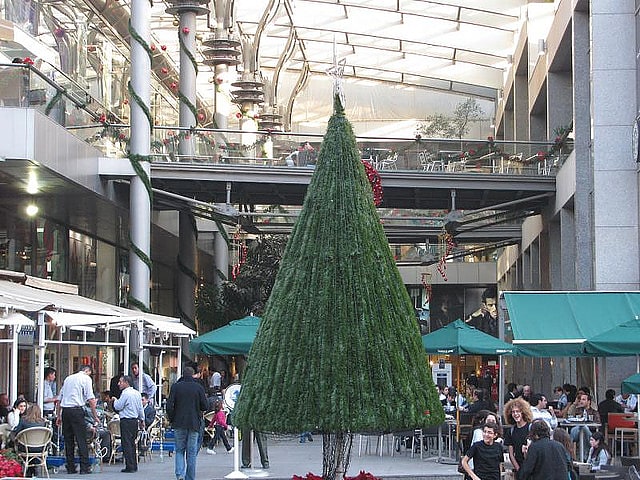
Also known as: الفردان
Street in Beirut, Lebanon. Rue Verdun, or Verdun Street, is an upscale commercial and residential street in Beirut, Lebanon. The street, which is a major shopping center and tourist attraction, was named in honor of the Battle of Verdun during World War I. It is officially named Rachid Karami Street, after Lebanon's late Prime Minister who was assassinated during the Lebanese Civil War.[3]
National Museum of Beirut, Beirut
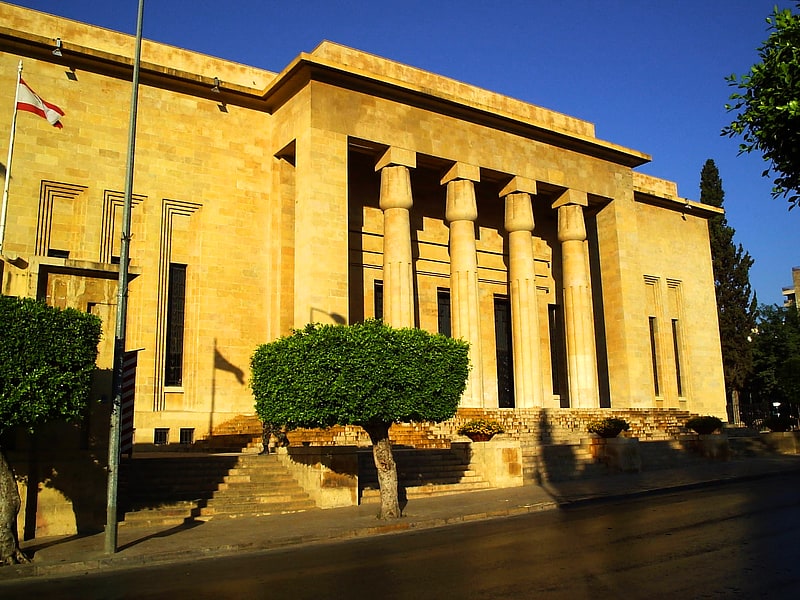
Also known as: متحف بيروت الوطني
Lebanon's history told through exhibits. The National Museum of Beirut is the principal museum of archaeology in Lebanon. The collection begun after World War I, and the museum was officially opened in 1942. The museum has collections totaling about 100,000 objects, most of which are antiquities and medieval finds from excavations undertaken by the Directorate General of Antiquities. About 1300 artifacts are exhibited, ranging in date from prehistoric times to the medieval Mamluk period.
During the 1975 Lebanese Civil War, the museum stood on the front line that separated the warring factions. The museum's Egyptian Revival building and its collection suffered extensive damage in the war, but most of the artifacts were saved by last-minute preemptive measures.
Today, after a major renovation, the National Museum of Beirut has regained its former position, especially as a leading collector for ancient Phoenician objects.[4]
Address: Museum Street, Beirut
Jeita Grotto, Jounieh
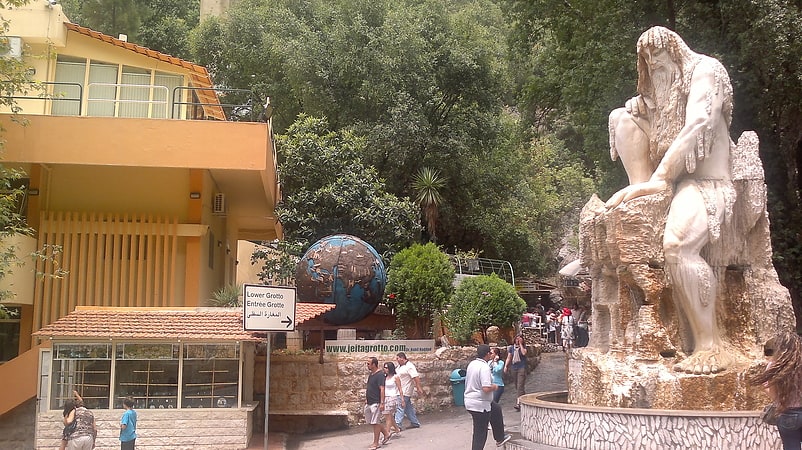
Also known as: مغارة جعيتا
Tourist attraction in Lebanon. The Jeita Grotto is a system of two separate, but interconnected, karstic limestone caves spanning an overall length of nearly 9 kilometres. The caves are situated in the Nahr al-Kalb valley within the locality of Jeita, 18 kilometres north of the Lebanese capital Beirut. Though inhabited in prehistoric times, the lower cave was not rediscovered until 1836 by Reverend William Thomson; it can only be visited by boat since it channels an underground river that provides fresh drinking water to more than a million Lebanese.
In 1958, Lebanese speleologists discovered the upper galleries 60 metres (200 ft) above the lower cave which have been accommodated with an access tunnel and a series of walkways to enable tourists safe access without disturbing the natural landscape. The upper galleries house the world's largest known stalactite. The galleries are composed of a series of chambers the largest of which peaks at a height of 12 metres (39 ft).
Aside from being a Lebanese national symbol and a top tourist destination, the Jeita grotto plays an important social, economic and cultural role in the country. It was one of top 14 finalists in the New 7 Wonders of Nature competition.[5]
Address: شارع كسروان, Jounieh
Temple of the Obelisks, Byblos
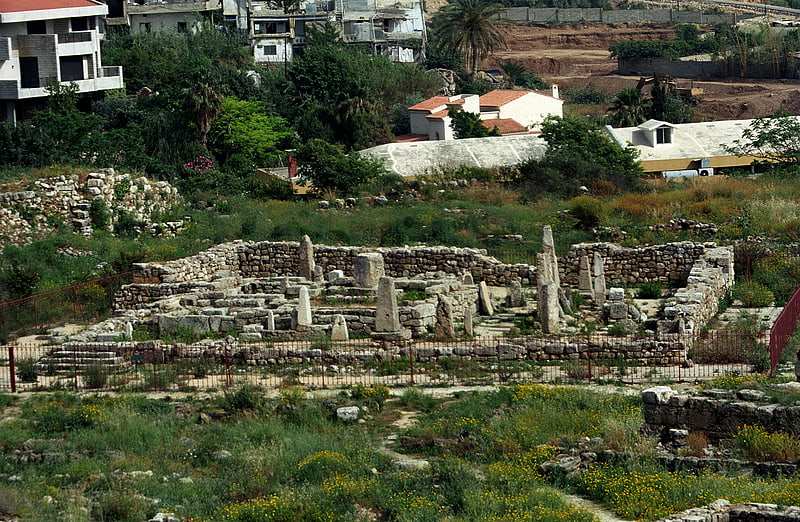
The Temple of the Obelisks, also known as the L-shaped Temple and Temple of Resheph was an important Bronze Age temple structure in the World Heritage Site of Byblos. It is considered "perhaps the most spectacular" of the ancient structures of Byblos. It is the best preserved building in the Byblos archaeological site.
Almost all of the artefacts found in the excavation of the temple are displayed at the National Museum of Beirut. It was excavated by French archaeologist Maurice Dunand from 1924-73. The original temple is now in two parts: the base is known as "the L-shaped temple", and the top is known as the "Temple of the Obelisks"; the latter was moved 40 meters east during Maurice Dunand's excavations.
Dunand uncovered 1306 Byblos figurines – ex-voto offerings, including faience figurines, weapons, and dozens of bronze-with-gold-leaf figurines – which have become the "poster child" of the Lebanese Tourism Ministry.[6]
Our Lady of Lebanon, Jounieh
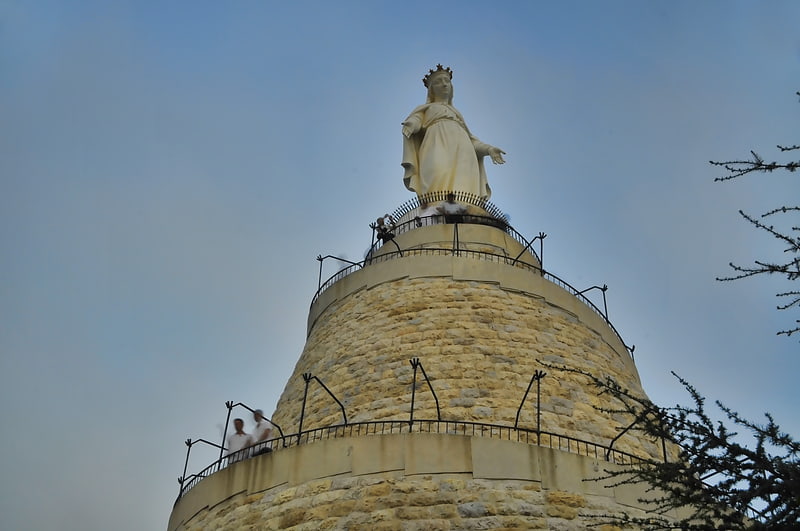
Also known as: مزار سيدة لبنان
Catholic church in Harissa, Lebanon. The Shrine of Our Lady of Lebanon is a Marian shrine and a pilgrimage site in the village of Harissa in Lebanon.
The shrine belongs to the Maronite Patriarchate who entrusted its administration to the Congregation of Maronite Lebanese Missionaries since its foundation in 1904 and also to the jesuit Lucien Cattin, according to Christian Taoutel (Lebanese historian from the Saint Joseph University). It is one of the most important shrines in the world honoring Mary, Mother of Jesus. The shrine is highlighted by a huge, 15-ton bronze statue. It is 8.5 m high, and has a diameter of five meters. The Virgin Mary stretches her hands towards Beirut.
The Shrine of Our Lady of Lebanon draws millions of faithful both Christians and Muslims from all over the world. The 50th jubilee in 1954 was also the hundredth anniversary of the establishment of the Catholic dogma of the Immaculate Conception. During these celebrations, Pope Pius XII sent his representative, Cardinal Angelo Roncalli (later to become Pope John XXIII) to Lebanon. Pope John Paul II visited Our Lady of Lebanon in 1997.
The Congregation of Maronite Lebanese Missionaries, responsible for the administration, works at reinforcing relations among all local Churches, Christian communities and apostolic movements.
The Lebanese Christians as well as the Druze and Muslims have a special devotion to Mary, Mother of Jesus. The Maronite Patriarch of Antioch named her the "Queen of Lebanon" in 1908 upon completion of the shrine. Overlooking the bay of Jounieh, the shrine has become a major tourist attraction where tourists take the gondola lift, the Téléphérique, from the city of Jounieh to Harissa.[7]
Debbane Palace, Sidon
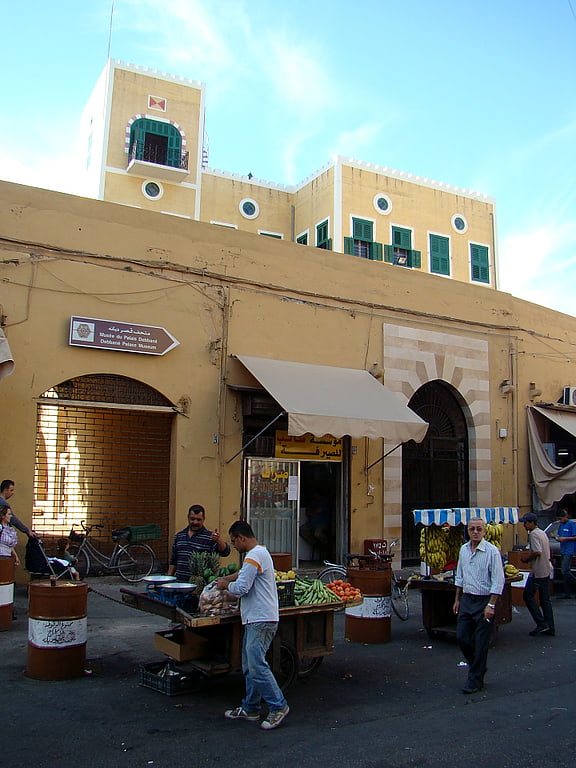
Debbane Palace, also Qasr Debbane, Dar Ali Agha al-Hammud, and Dar Debbané, is an Arab-Ottoman-style grand mansion in Sidon, Lebanon. The palace was built as a private residence in 1721 by Ali Agha al-Hammud, a Sidonian notable descending from a long line of builders. The palace was built around a central courtyard without any street-level openings to ensure the privacy of its occupants. Only the reception area or selamlik remains of the palace's original wings; it features an indoor fountain, elaborate multicolored mosaics, muqarnas ornaments and sculpted Lebanese cedar ceilings. The palace changed hands and functions after the loss of the Hammuds' political influence and wealth. The western part of the mansion, including the selamlik was bought in 1859 by Asin Khlat Debbane, the wife of a rich sericulturist and silk trader. The Dar was thenceforth known as Qasr Debbane or Debbane Palace; it became the private residence of the Debbane family until the early years of the Lebanese Civil War in 1976. During the war the palace was damaged and ransacked. After the end of the war the palace was restored and turned into a private museum.[8]
Sidon Sea Castle, Sidon
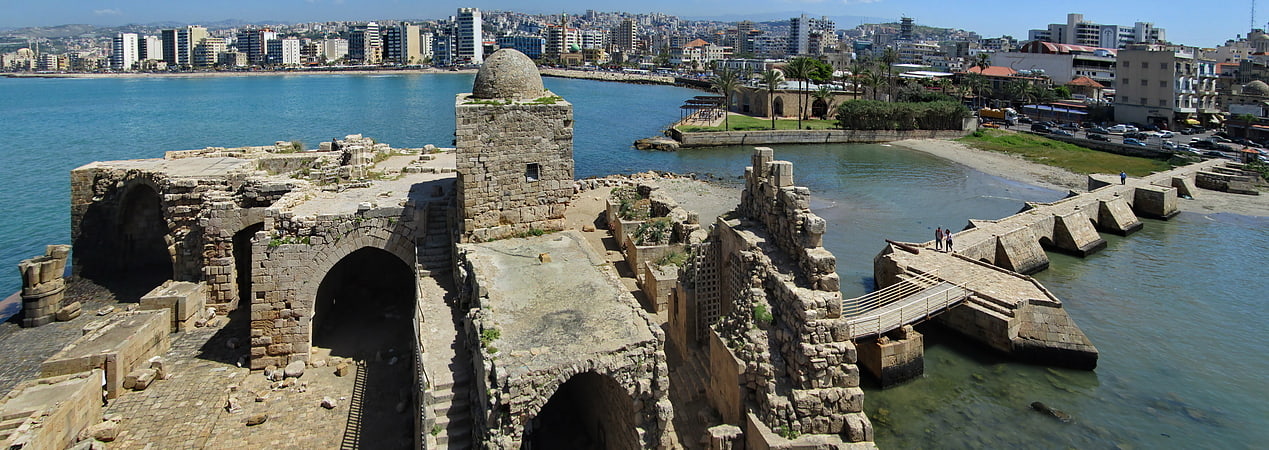
Also known as: قلعة صيدا
Castle in Lebanon. Sidon's Sea Castle was built by the crusaders in the thirteenth century as a fortress of the holy land. It is one of the most prominent historical sites in the port city of Sidon, Lebanon.[9]
Citadel of Raymond de Saint-Gilles, Tripoli

Also known as: قلعة طرابلس
Castle in Tripoli, Lebanon. Qala'at Sanjil and Qala'at Tarablus in Arabic, is a citadel and fort on a hilltop in Tripoli, Lebanon. Once known as The Citadel of Raymond de Saint-Gilles and also as Mons Peregrinus, it takes its name from Raymond of Saint-Gilles, a Crusader commander who was a key player in its enlargement. It is a common misconception that he was responsible for its construction when in 1103 he laid siege to the city. In fact in the early 19th century, the citadel was extensively restored and rebuilt by the Ottoman governor of Tripoli Mustafa Agha Barbar and in consequence very little of the original Crusader structure has survived until this day.[10]
Address: El Amir Fakhreddine, Tripoli
Casino du Liban, Jounieh
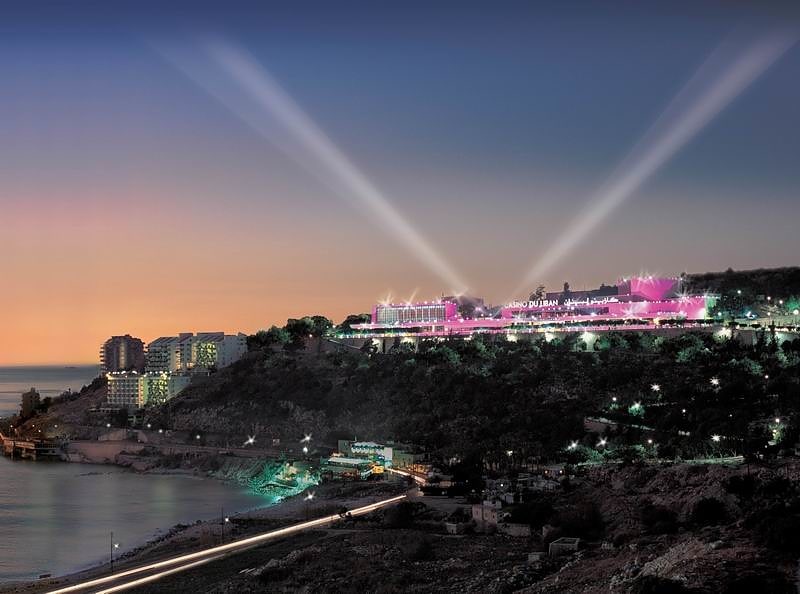
Also known as: كازينو لبنان
Casino in Jounieh, Lebanon. Casino du Liban is a casino located in Maameltein, in Lebanon and is 22 km north of Beirut.
With an area of about 35,000 square meters, the casino has around 400 slot machines and 60 gaming tables. It has a showroom, night club, theater, banquet facility and five restaurants. The casino was first opened in 1959. It closed in 1989 during the Lebanese Civil War and reopened in 1996 after a $50 million reconstruction and refurbishment project.
The Casino du Liban is majority-owned by Intra Investment Company, a Lebanese government-controlled company which is the remainder of the former Intra Bank, with the remainder of the shares held by private companies and individuals. The casino is managed by London Clubs International, a subsidiary of Caesars Entertainment.
Performers at the Casino's night club included Duke Ellington, Danny Thomas, Jacques Brel, and Julio Iglesias. Visitors at the casino included King Hussein of Jordan, Albert II, Prince of Monaco, the Shah of Iran, Aristotle Onassis, Omar Sharif, and Osama bin Laden
In his memoir of the international hotel business, Shadow of the Sun: Travels And Adventures in the World of Hotels, Peter J. Venison wrote that the Casino du Liban "was elegant, yet the cabaret was spectacular and rivaled anything that Las Vegas could offer". He also described it as a backdrop of a James Bond novel where clientele from the richest elite of European and Arabian societies ventured into the casino in formal black-tie attire.[11]
Armenian Genocide Orphans’ “Aram Bezikian” Museum, Byblos
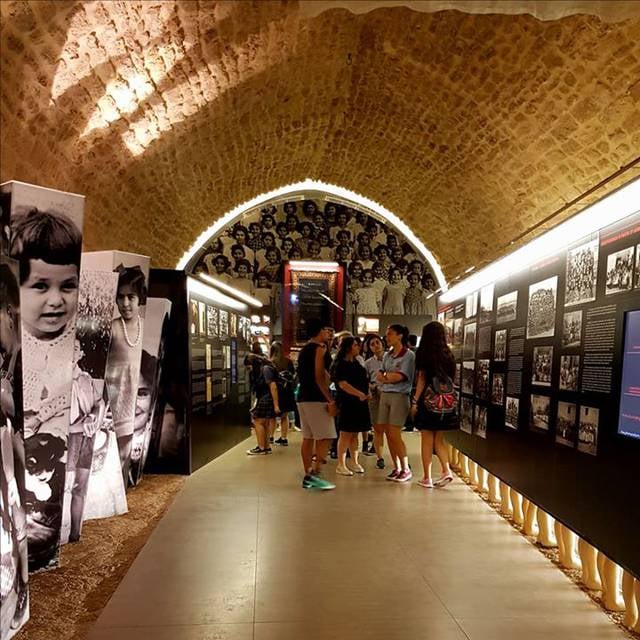
History museum, Museum
Address: Armenia Street, 4504 Byblos
Temple of Eshmun, Sidon
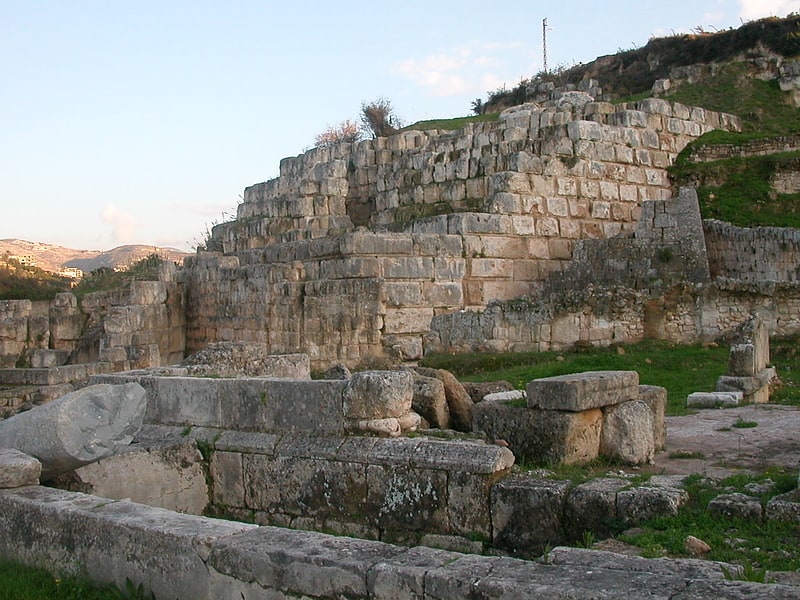
Also known as: معبد أشمون
Historical place in Bqosta, Lebanon. The Temple of Eshmun is an ancient place of worship dedicated to Eshmun, the Phoenician god of healing. It is located near the Awali river, 2 kilometres northeast of Sidon in southwestern Lebanon. The site was occupied from the 7th century BC to the 8th century AD, suggesting an integrated relationship with the nearby city of Sidon. Although originally constructed by Sidonian king Eshmunazar II in the Achaemenid era to celebrate the city's recovered wealth and stature, the temple complex was greatly expanded by Bodashtart, Yatan-milk and later monarchs. Because the continued expansion spanned many centuries of alternating independence and foreign hegemony, the sanctuary features a wealth of different architectural and decorative styles and influences.
The sanctuary consists of an esplanade and a grand court limited by a huge limestone terrace wall that supports a monumental podium which was once topped by Eshmun's Greco-Persian style marble temple. The sanctuary features a series of ritual ablution basins fed by canals channeling water from the Asclepius river (modern Awali) and from the sacred "Ydll" spring; these installations were used for therapeutic and purificatory purposes that characterize the cult of Eshmun. The sanctuary site has yielded many artifacts of value, especially those inscribed with Phoenician texts, such as the Bodashtart inscriptions and the Eshmun inscription, providing valuable insight into the site's history and that of ancient Sidon.
The Eshmun Temple was improved during the early Roman Empire with a colonnade street, but declined after earthquakes and fell into oblivion as Christianity replaced polytheism and its large limestone blocks were used to build later structures. The temple site was rediscovered in 1900 by local treasure hunters who stirred the curiosity of international scholars. Maurice Dunand, a French archaeologist, thoroughly excavated the site from 1963 until the beginning of the Lebanese Civil War in 1975. After the end of the hostilities and the retreat of Israel from Southern Lebanon, the site was rehabilitated and inscribed to the World Heritage Site tentative list.[12]
Balamand Monastery, Tripoli
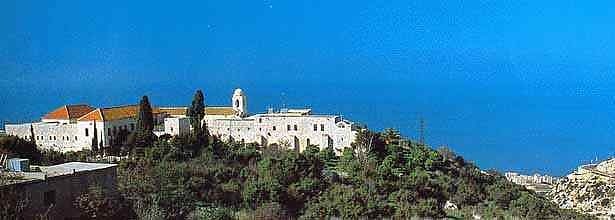
Monastery in Lebanon. The Balamand Monastery, is a monastery for the Greek Orthodox Church of Antioch founded in 1157 in Balamand, the Crusader County of Tripoli, now in the Koura District, in Northern Lebanon. It was originally started by Cistercian monks and maintained as such until the Mamluk conquest in 1289, then reestablished as monastery by Greek Orthodox monks in 1610, after a poorly documented period of three centuries.
On the grounds of the monastery has been established the University of Balamand, founded by the Orthodox Patriarch Ignatius IV of Antioch in 1988, though the university claims to be secular and a distinct institution.[13]
Address: Deir El-Balamand, Al-Kurah, North Lebanon, Tripoli
El Mina, Tripoli
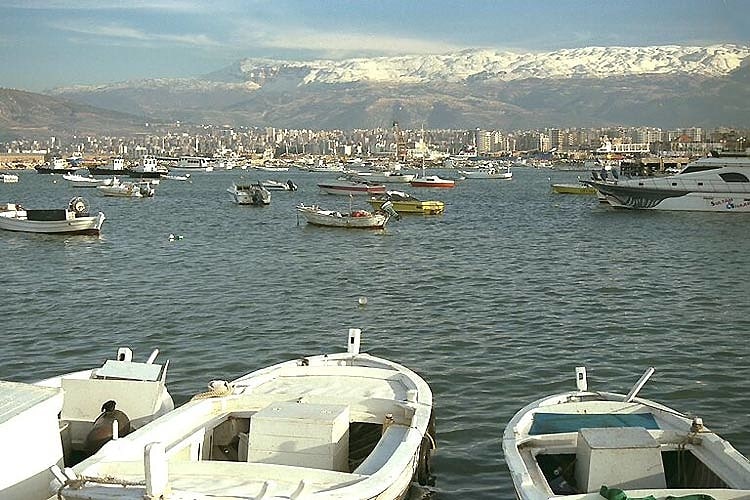
Also known as: مينا
Town in Lebanon. El-Mina or El Mina, is a coastal independent town in Tripoli, Northern Lebanon. El-Mina occupies the location of the old Phoenician city of Tripoli. It acts as the harbour city for modern neighbouring Tripoli, Lebanon's second-largest city, situated 5 km to the east.[14]